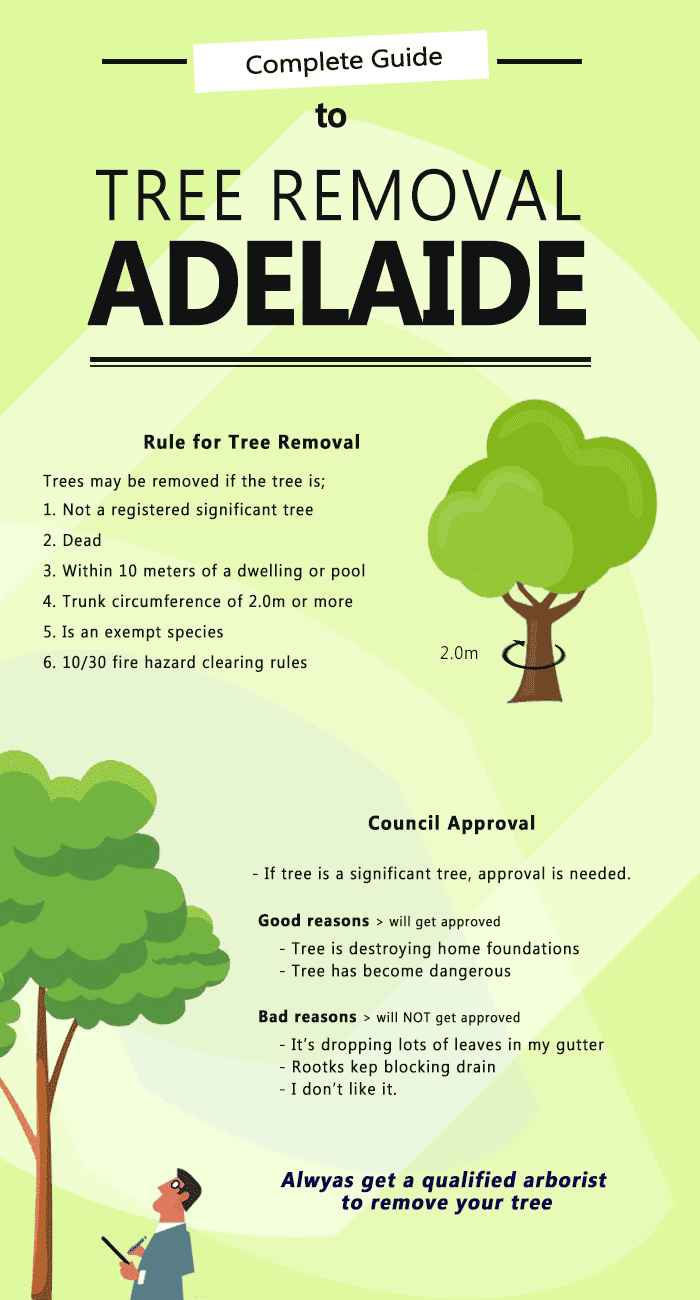Clues That Suggest Tree Elimination: How To Area Hazardous Trees
Clues That Suggest Tree Elimination: How To Area Hazardous Trees
Blog Article
Personnel Writer-McDonald Hubbard
When it comes to tree care, recognizing the indications that it's time for removal is necessary for your safety and security and residential property. You might notice stained leaves, wilting branches, or odd fungal developments indicating health problems. Structural issues, like a considerable lean or splits in the trunk, can additionally position threats. Recognizing these warning signs can help you make notified decisions about your trees and prevent prospective hazards prowling in your backyard. What should you search for following?
Signs of Decay and Condition
When you see indications of decay and illness in your trees, it's essential to act promptly. Try to find stained fallen leaves, wilting branches, or unusual growths like fungus. These can indicate that your tree is struggling.
If you see cracks in the bark or soft, mushy wood, these signs suggest interior degeneration. Additionally, an abrupt increase in bugs around your tree can signal that it's damaged and susceptible.
Check for any kind of dead or dying arm or legs, as they pose a risk to your residential or commercial property and safety and security. If you doubt concerning what you see, speaking with an arborist can provide clarity.
Attending to these signs early can conserve you from more extensive damages and make certain the health of your yard. https://griffinpkdys.blogsmine.com/35700456/the-secret-handbook-for-stump-grinding-approaches-advantages-and-pricing wait until it's too late.
Structural Instability and Leaning
As you observe your trees, keep an eye out for any type of indicators of structural instability or leaning. If a tree leans significantly, it may suggest that the root system is endangered.
Look for any kind of splits in the trunk or soil around the base; these can indicate potential failure. Additionally, check for uncommon growth patterns, like a lopsided crown, which may suggest that the tree is having a hard time to hold itself upright.
If you observe that the tree favors your home, power lines, or various other frameworks, it postures a higher risk. Don't neglect these indications-- consult an arborist to analyze the scenario.
Acting early can prevent expensive damages and guarantee your safety and security.
Dead or Perishing Branches and Vegetation
If you see dead or passing away branches and foliage on your tree, it's a clear indication that something's wrong.
These unhealthy areas can show underlying issues like illness, parasite invasions, or environmental anxiety. When branches shed their fallen leaves or transform brownish, they're no more contributing to the tree's health. Ignoring these signs could bring about further decrease, making your tree more hazardous.
Tree Trimming Certification can conveniently break short throughout storms, posing a danger to property and people close by. It's vital to analyze the degree of the damage.
If the problem impacts a substantial part of the tree, think about seeking advice from a professional. They can assist determine if removal is necessary to ensure security and maintain the elegance of your landscape.
Conclusion
If you discover any type of indications of decay, architectural instability, or dead branches on your trees, do not ignore them. These indications can pose significant security risks to you and your building. https://www.mainlinemedianews.com/mainlinetimes/radnor-stumped-over-tree-removal-manager-s-resignation/article_43e5db3c-4f60-11ea-88fc-0f42bd5f0029.html 's constantly best to seek advice from a professional arborist that can give a professional evaluation of your trees. Taking action early can avoid mishaps and pricey damages, guaranteeing your landscape remains secure and healthy. Bear in mind, it's much better to be proactive regarding tree care than to wait on a catastrophe to take place.
